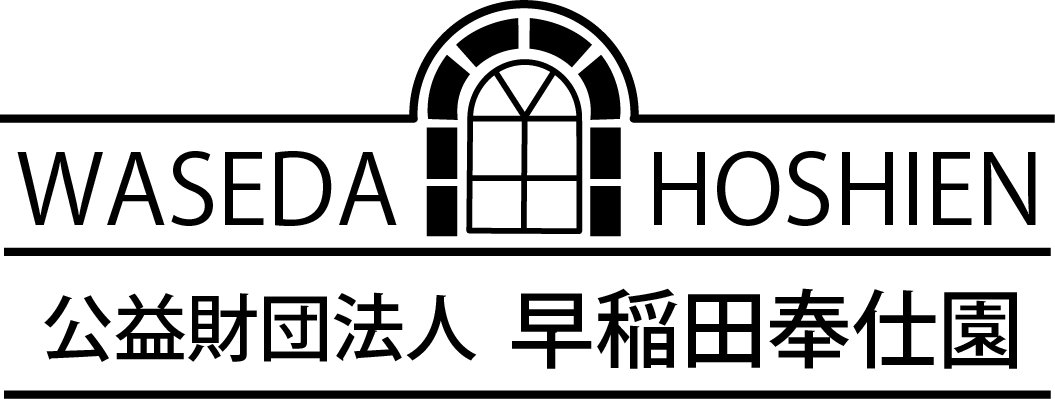
Our History began in 1908 when Mr. Harry B. Benninghoff, sent by the American Baptist and with encouragement from Waseda University founder Dr. Shigenobu Okuma, began a Christian-based dormitory called “Yu-Ai Dormitory” (Yu-Ai means “friendship-love” in Japanese).
In 1922, by a donation of Mrs. Scott from the U.S., Scott Hall was erected and the dormitory developed into a full-blown Student Center with various activities. This is the foundation of today’s Waseda Hoshien.
History of Waseda Hoshien
Mr. Benninghoff sought to build a spirit of service to others. Thinking of the future of Japan, in 1935 the Hoshien established the International Institute, together, with Waseda University, to train students by building mutual understanding between peoples of different countries.
While many things were extremely difficult during the war years following World War II many again realized the value of the Hoshien programs, and the foundational Christian spirit continued as the Student Center developed.
In the 1970's as pioneers in Japan in developing Asian related studies, the Hoshien initiated an Asian Language program, a variety of Asian Seminars and a new growing relation ship with South Korea. In 1970, with the building of the Seminar House, the Hoshien became a gathering place for many groups who used their convenient meeting rooms.
In the 1980's in a joint project with Waseda University, two new dormitories for international students were erected, and the Waseda Hoshien was established as an ecumenical, international Student Center. Additionally, in an effort to foster life-long learning, the Human Education Center was established with a wide variety of popular programs.
Continuing in the vision of founder Harry B Benninghoff and in response to the changing world, Waseda Hoshien seeks to continue our growth as we face a challenging future together.
History of Waseda Hoshien

Our History began in 1908 when Mr. Harry B. Benninghoff, sent by the American Baptist and with encouragement from Waseda University founder Dr. Shigenobu Okuma, began a Christian-based dormitory called “Yu-Ai Dormitory” (Yu-Ai means “friendship-love” in Japanese).
In 1922, by a donation of Mrs. Scott from the U.S., Scott Hall was erected and the dormitory developed into a full-blown Student Center with various activities. This is the foundation of today’s Waseda Hoshien.
Mr. Benninghoff sought to build a spirit of service to others. Thinking of the future of Japan, in 1935 the Hoshien established the International Institute, together, with Waseda University, to train students by building mutual understanding between peoples of different countries.
While many things were extremely difficult during the war years following World War II many again realized the value of the Hoshien programs, and the foundational Christian spirit continued as the Student Center developed.
In the 1970's as pioneers in Japan in developing Asian related studies, the Hoshien initiated an Asian Language program, a variety of Asian Seminars and a new growing relation ship with South Korea. In 1970, with the building of the Seminar House, the Hoshien became a gathering place for many groups who used their convenient meeting rooms.
In the 1980's in a joint project with Waseda University, two new dormitories for international students were erected, and the Waseda Hoshien was established as an ecumenical, international Student Center. Additionally, in an effort to foster life-long learning, the Human Education Center was established with a wide variety of popular programs.
Continuing in the vision of founder Harry B Benninghoff and in response to the changing world, Waseda Hoshien seeks to continue our growth as we face a challenging future together.


